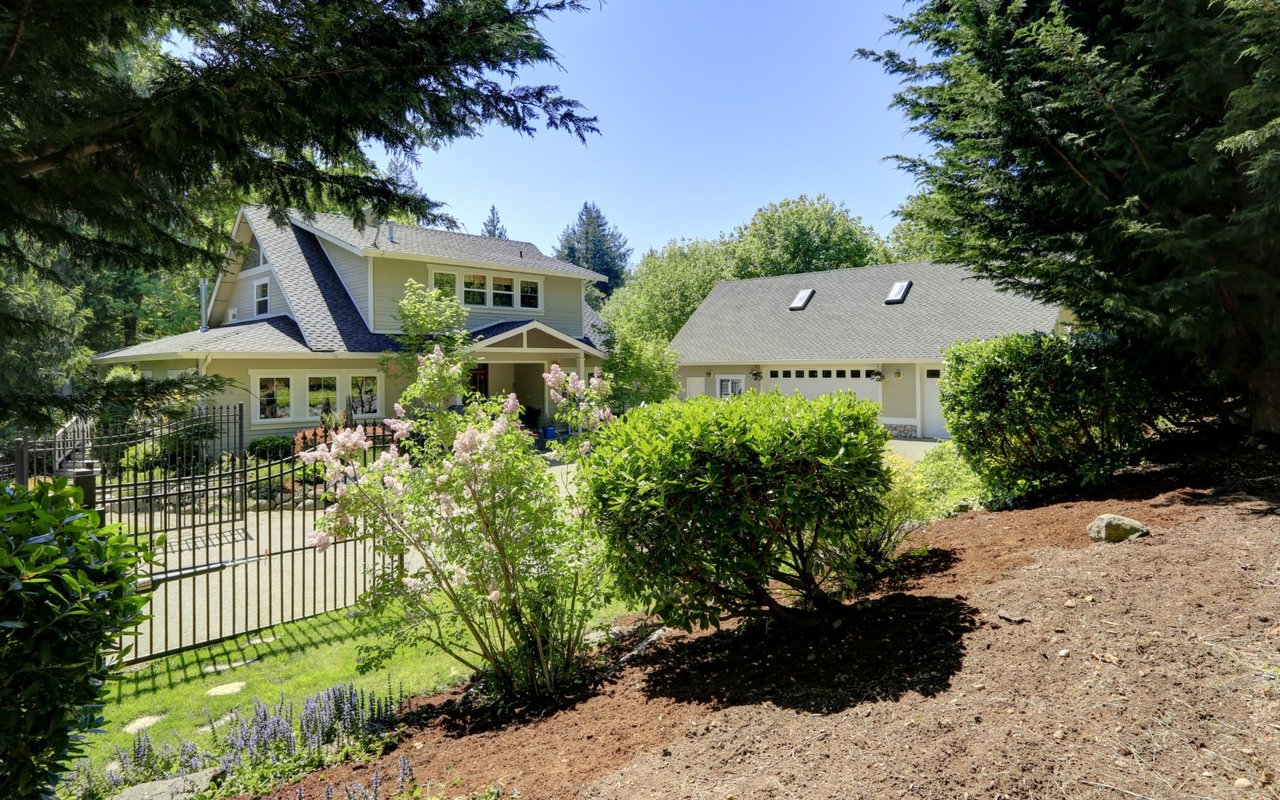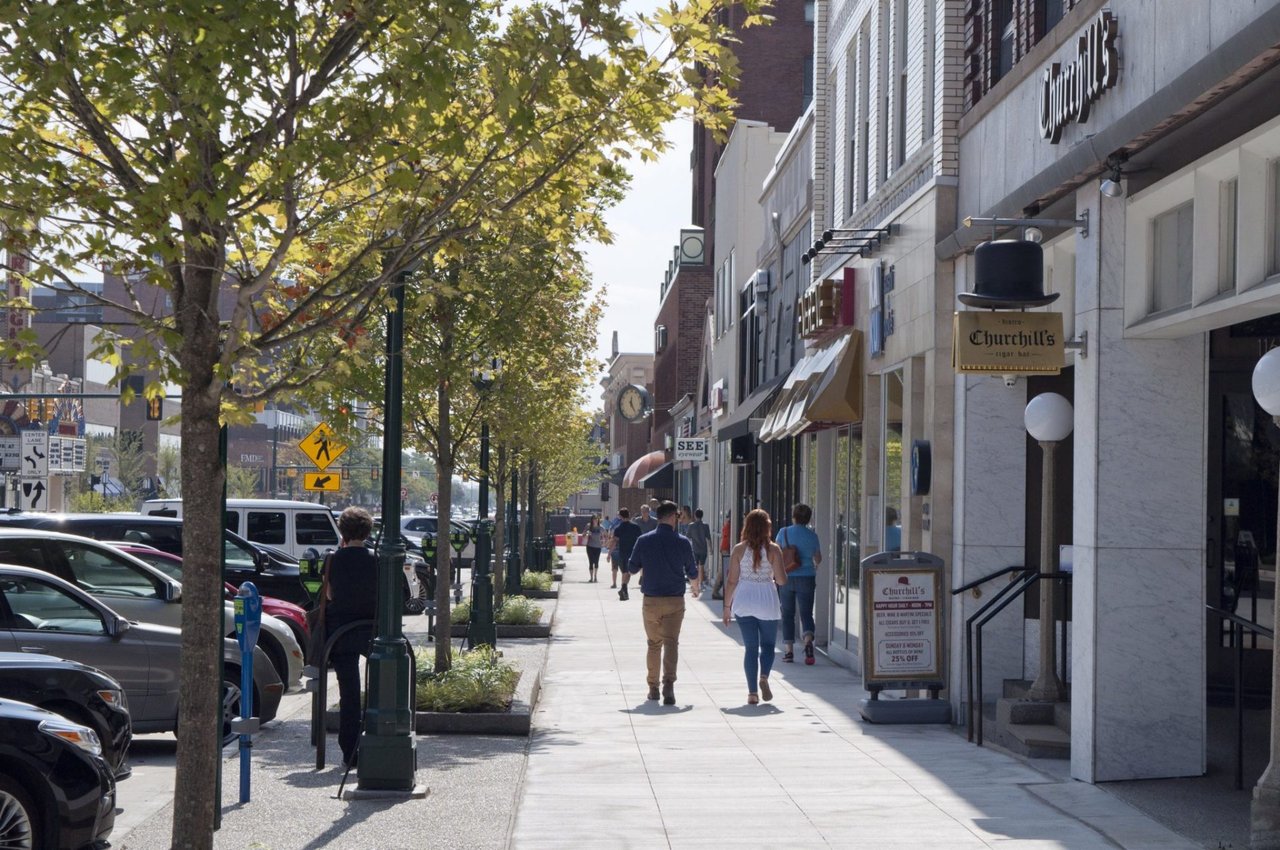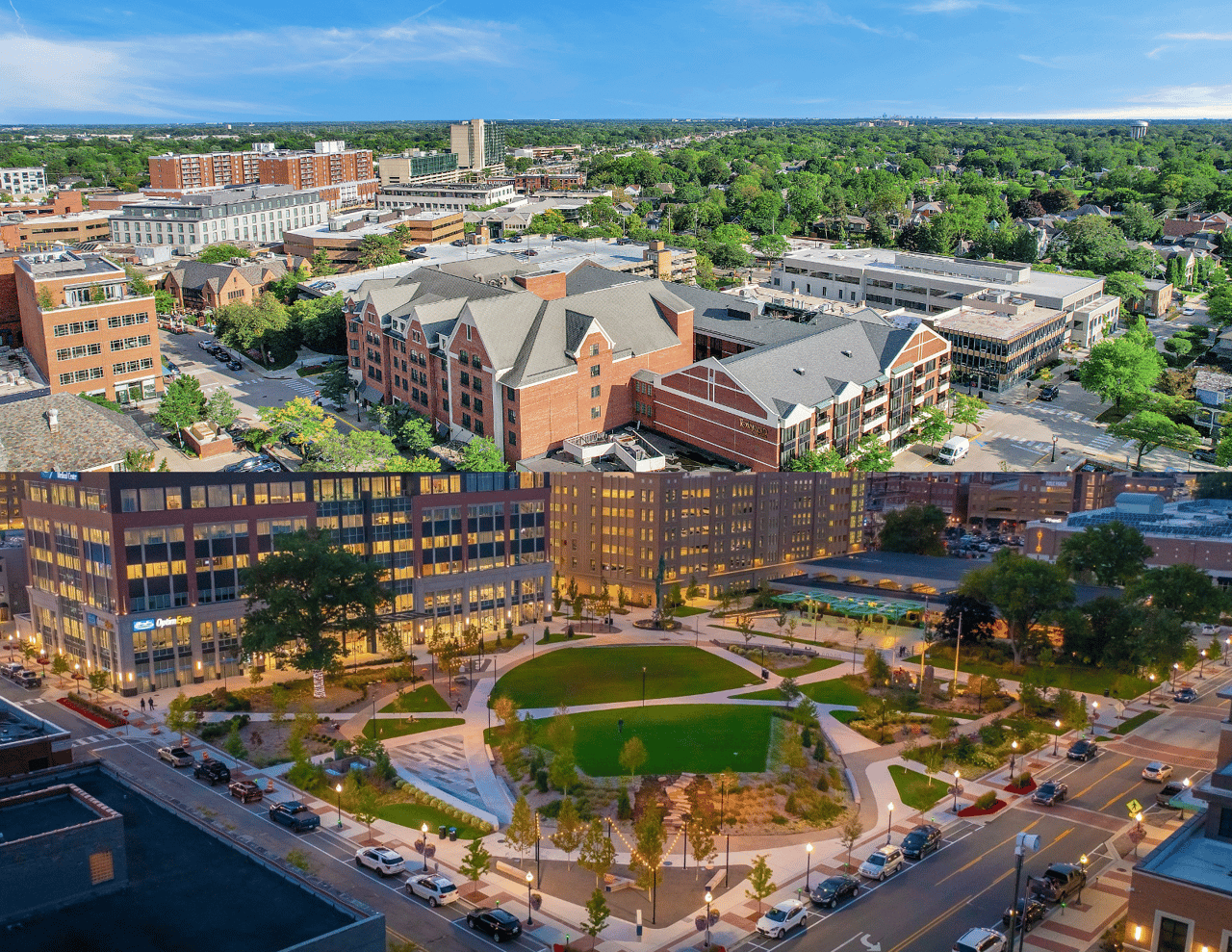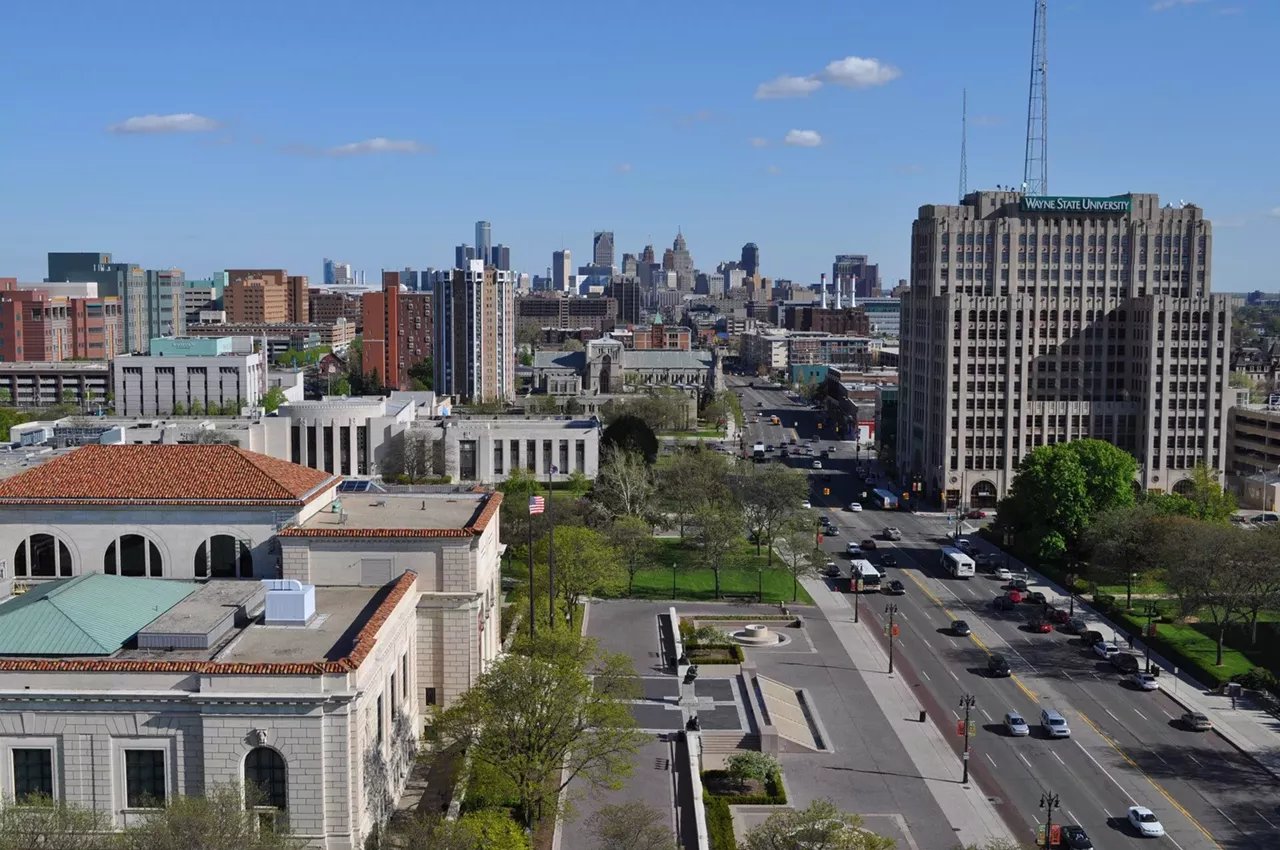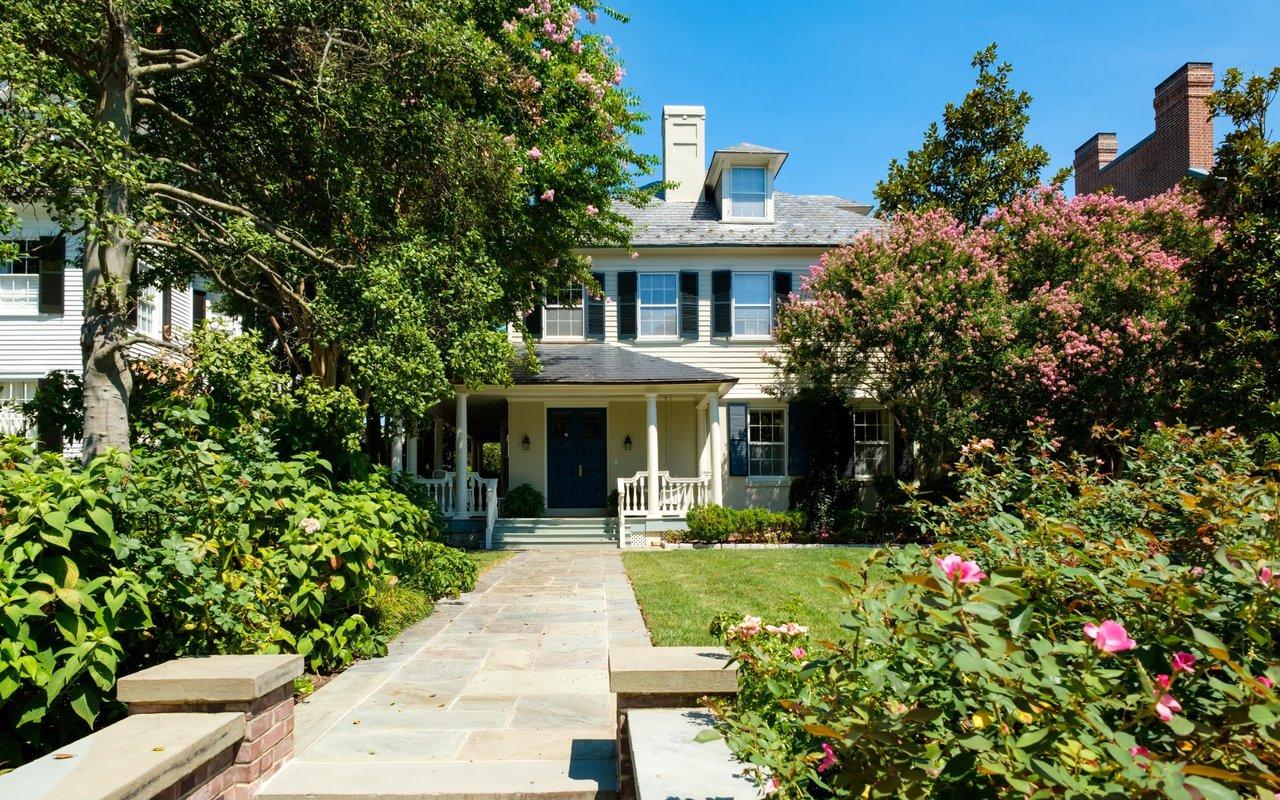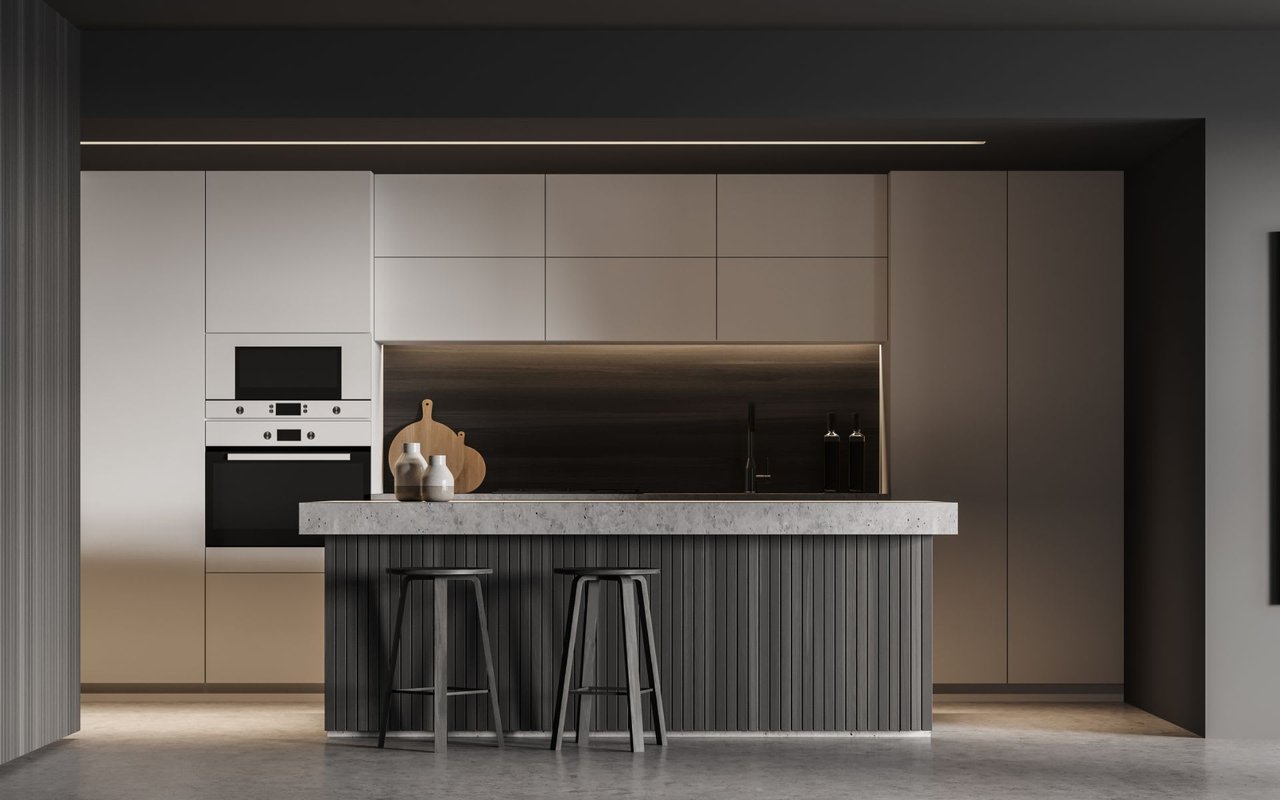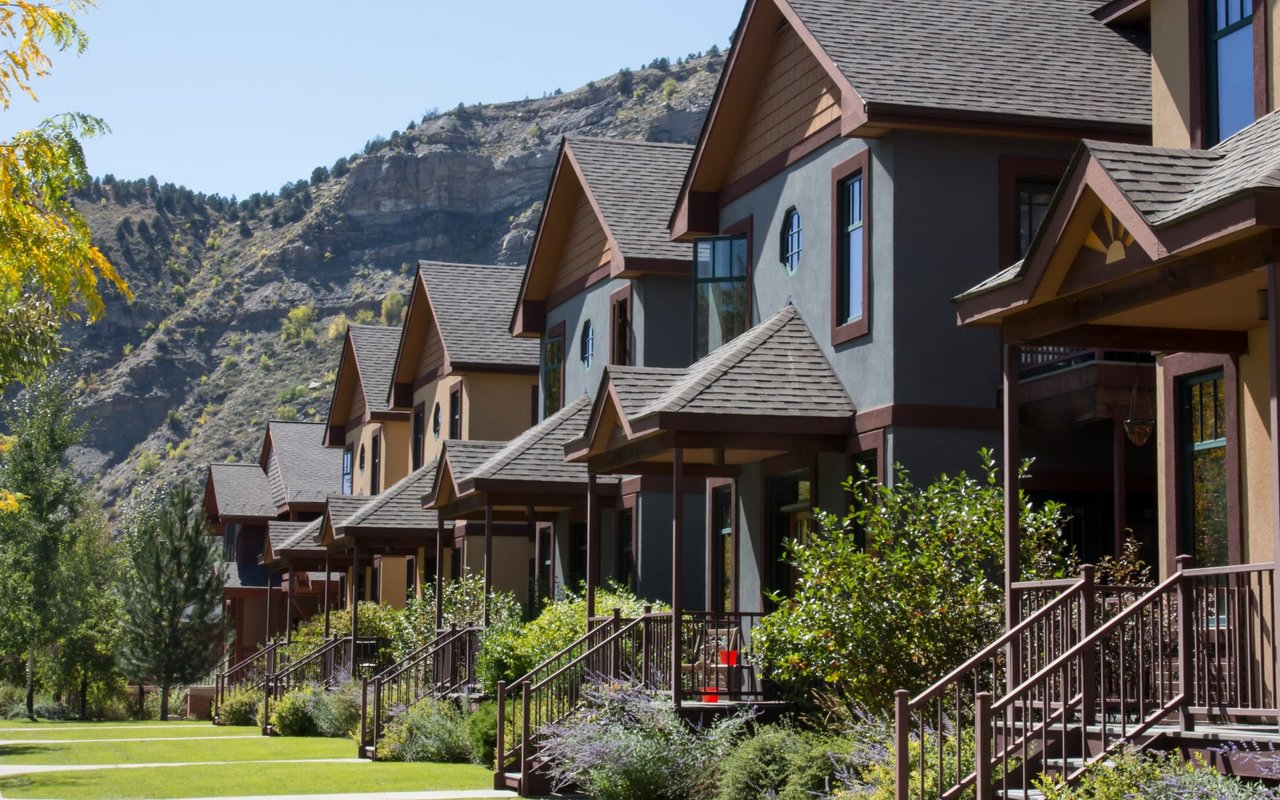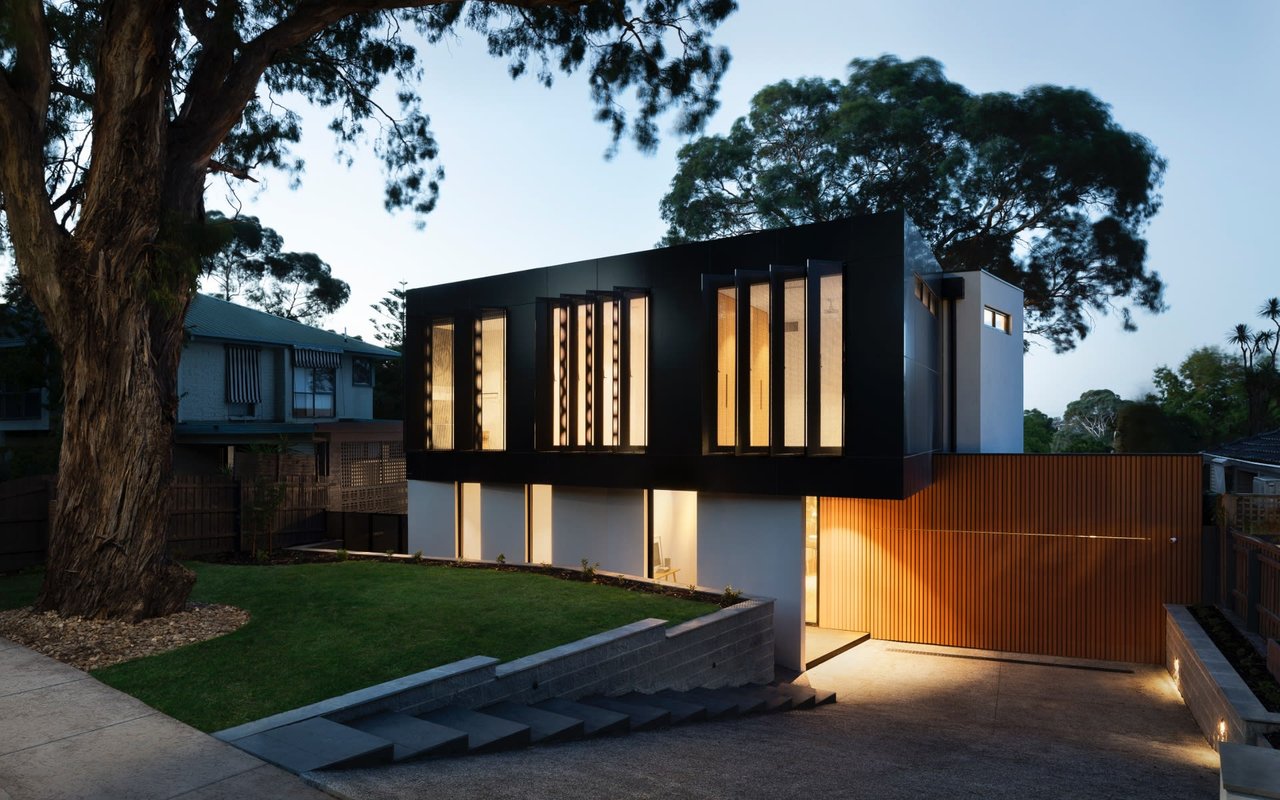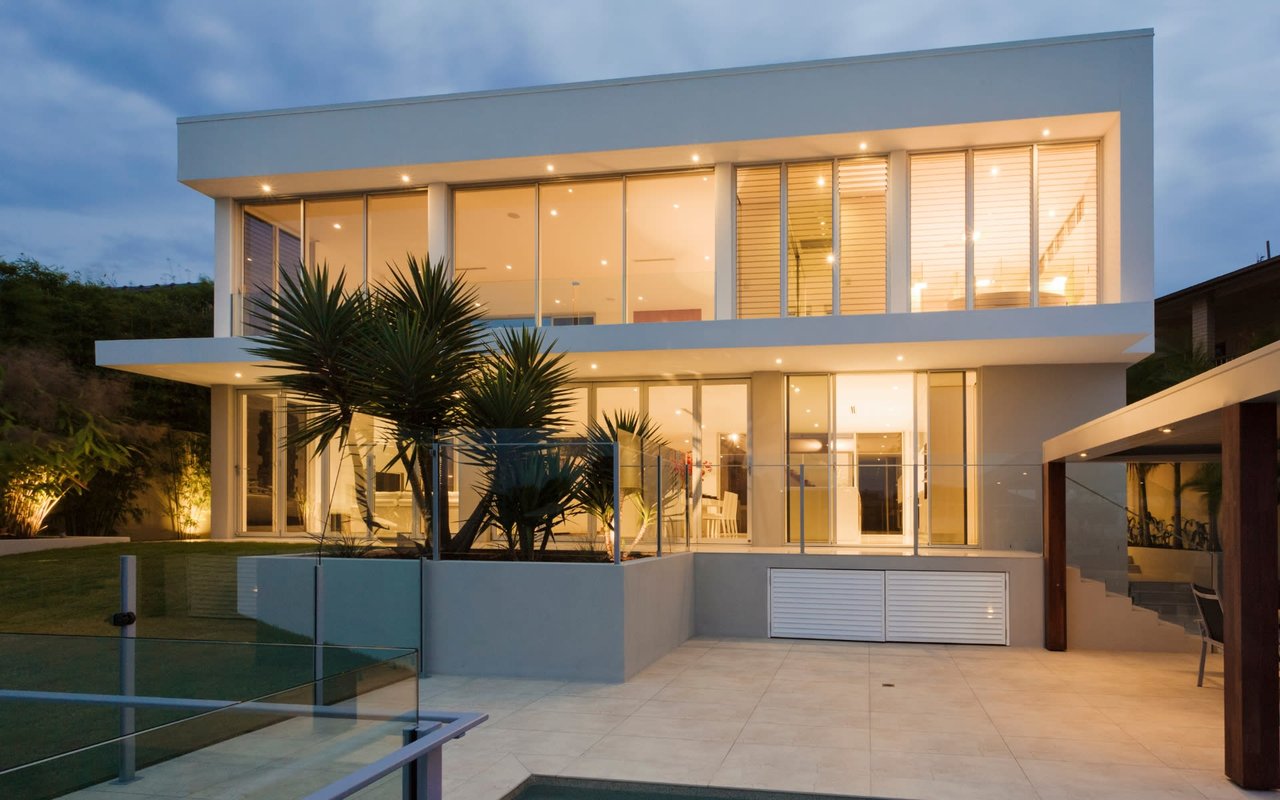Deciding where to buy a home is one of the biggest decisions you’ll make in the real estate process. Beyond the size of the house and your budget, the location plays a major role in shaping your lifestyle. Two of the most common residential options are urban and suburban living, each with its own set of advantages and challenges. Whether you’re drawn to the energy of city life or the tranquility of the suburbs, it’s essential to weigh the pros and cons before making a decision.
From affordability and convenience to community and lifestyle, we want to help you make the best choice for your situation.
Pros and Cons of Buying a Home in an Urban Area
Urban Areas Defined: Urban areas typically refer to densely populated cities or metropolitan hubs where residential, commercial, and industrial activities are tightly packed. Think of large cities like Detroit, Chicago, or New York. Living in an urban area often means being at the center of the action, with easy access to a range of amenities and opportunities.
Pros of Urban Living:
-
Access to Amenities:
- One of the biggest perks of living in an urban area is the immediate access to a wide variety of amenities. This includes restaurants, cafes, shopping centers, theaters, museums, and cultural attractions. You’re often just a short walk or public transit ride away from entertainment and activities.
- For professionals, urban living provides close proximity to jobs and networking opportunities, especially in industries concentrated in cities like finance, technology, or healthcare.
-
Public Transportation:
- Urban residents typically have access to extensive public transportation systems like buses, subways, and trains. This can make commuting more convenient and eliminates the need for a car, reducing the cost of car ownership, insurance, and parking.
- Many people also enjoy the eco-friendliness of public transport, contributing to lower personal carbon footprints.
-
Cultural Diversity and Social Opportunities:
- Cities are often cultural melting pots, offering a rich blend of different ethnicities, languages, and traditions. This means that in urban areas, you’ll be exposed to diverse perspectives, food, arts, and entertainment.
- Social opportunities are abundant, from vibrant nightlife and festivals to meetups, clubs, and events for any interest.
-
Career Opportunities:
- Urban centers are often home to a greater number of large companies, startups, and industries, providing more job opportunities. Career-driven professionals benefit from the dense concentration of employers and networking opportunities found in cities.
-
Walkability:
- In many urban neighborhoods, you can accomplish daily errands on foot. Grocery stores, shops, cafes, and other amenities are often within walking distance. This can contribute to a healthier, more active lifestyle compared to driving everywhere in the suburbs.
Cons of Urban Living:
-
Higher Cost of Living:
- Urban homes typically come with a higher price tag due to demand and limited space. Not only is the housing cost higher, but daily living expenses, from groceries to dining out, tend to be more expensive in cities.
- Property taxes, rent, and utilities in urban areas can also be significantly higher than in the suburbs.
-
Limited Space:
- Homes in urban areas, particularly apartments and condos, are generally smaller and come with limited outdoor space. If you’re looking for a large home or yard, you’ll find fewer options in urban markets.
- High-density living can also mean noise from neighbors, traffic, and city activities, which might be a drawback for those who value peace and quiet.
-
Traffic and Congestion:
- While public transportation is a plus, navigating a car in the city can be a hassle. Urban areas often face heavy traffic congestion, especially during peak hours, making driving frustrating.
- Parking is another significant challenge in urban areas. Securing a parking spot can be expensive, and finding street parking can be time-consuming.
-
Higher Crime Rates:
- In many urban areas, crime rates tend to be higher compared to suburban areas. This can vary depending on the neighborhood, but safety concerns are more prevalent in densely populated city centers.
-
Fast-Paced, Crowded Environment:
- Urban life often means living in a fast-paced environment where space is shared with many people. For those who prefer a quieter, slower lifestyle, the constant hustle and bustle of city living can feel overwhelming.
Pros and Cons of Buying a Home in a Suburban Area
Suburban Areas Defined: Suburban areas are typically located on the outskirts of urban centers and are characterized by lower population densities, more residential space, and a quieter environment. Suburbs provide a balance of proximity to the city while offering more living space and a slower pace of life.
Pros of Suburban Living:
-
Affordability and Larger Homes:
- Suburban homes are often more affordable per square foot than urban homes, offering more space for your money. If you’re looking for a larger home with multiple bedrooms, bigger yards, and more privacy, the suburbs are the ideal choice.
- The cost of living in suburban areas is also generally lower, from housing prices to taxes and everyday expenses like groceries.
-
More Space and Privacy:
- Suburban areas offer more living space, both inside the home and outside. Larger homes, private backyards, and ample parking are common features in suburban neighborhoods.
- For families, suburban living offers more room for children to play and grow, making it a popular choice for those looking to settle down.
-
Peace and Quiet:
- One of the most appealing aspects of suburban life is the tranquility it provides. Without the constant noise of traffic, sirens, and crowds, suburban areas offer a quieter and slower-paced environment.
- For those looking to escape the stress of the city, the suburbs provide a more peaceful retreat.
-
Better School Systems:
- Suburbs are often known for having better public school systems, making them a popular choice for families with children. Suburban schools tend to have smaller class sizes, more resources, and a reputation for higher academic performance compared to many urban school districts.
-
Safety:
- Suburban areas tend to have lower crime rates than urban centers, which contributes to their appeal for families and retirees. This sense of safety can be a significant factor for those seeking a more secure environment.
Cons of Suburban Living:
-
Longer Commutes:
- Living in the suburbs typically means a longer commute to work, especially if your job is located in an urban center. Traffic during rush hours can add significant time to your daily routine, and public transportation options may be more limited.
- Commuting also comes with the added costs of fuel, car maintenance, and parking.
-
Fewer Amenities and Entertainment Options:
- While suburbs offer more residential space, they typically have fewer entertainment options compared to urban areas. Restaurants, shopping centers, and cultural attractions are often spread out or located farther from home.
- Residents may have to drive to access basic amenities like grocery stores, medical services, and recreational activities.
-
Less Diversity:
- Suburbs tend to be less culturally diverse than urban areas, which can result in fewer options when it comes to diverse food, arts, and cultural experiences. This lack of diversity may also be reflected in the types of businesses and events available.
-
Car Dependency:
- Unlike urban areas where public transportation and walkability are strong features, suburban residents are generally more car-dependent. You’ll need a car for most errands, commuting, and entertainment, which can add to living expenses.
-
Slower Pace:
- While the slower pace of suburban life is attractive to many, it may not suit those who crave the excitement and energy of city living. Suburban life can feel isolated or too quiet for individuals who thrive on constant activity and interaction.
Urban vs. Suburban: What’s Right for You?
The decision between urban and suburban living depends on your personal preferences, lifestyle needs, and financial situation. If you value proximity to amenities, a vibrant social scene, and career opportunities, an urban area might be ideal for you.
On the other hand, if you prioritize space, affordability, family-friendly environments, and safety, suburban living might be the better fit. It's all up to your preferences and what you think would suit you best.
Choosing between an urban or suburban area when buying a home requires careful consideration of your lifestyle, budget, and long-term goals. Both options come with unique advantages and challenges, so it's important to assess what matters most to you and your family. Whether you’re drawn to the excitement of the city or the calm of the suburbs, understanding the pros and cons will help guide you to the right choice.
For expert guidance in choosing between a suburban or urban lifestyle, trust Sam Kaplunov – your dedicated partner in real estate.
